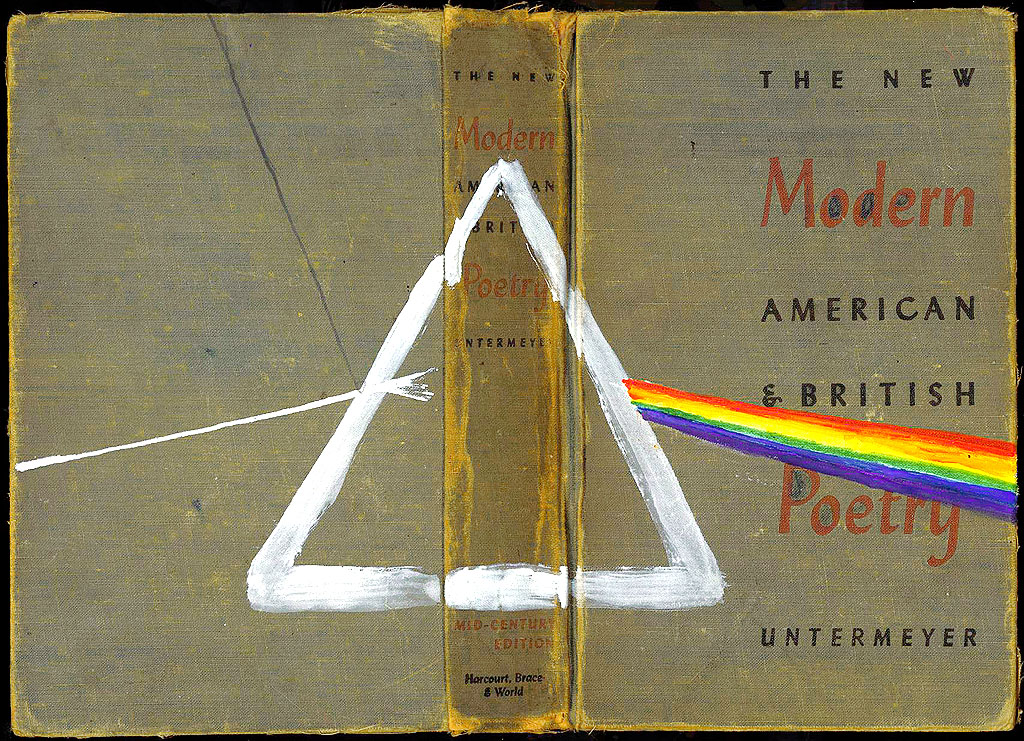
This morning I’m giving a talk on networked books at a libraries and technology conference up at Bentley College, just outside of Boston. The program, “Social Networking: Plugging New England Libraries into Web 2.0,” has been organized by NELINET, a consortium of over 600 academic, public and special libraries across the six New England states, so librarians and info services folks from all over the northeast will be in attendance.
In many ways, our publishing projects fit quite comfortably under the broad, buzz-ridden rubrique of Web 2.0: books as social spaces, “architecture of participation,” “treat your users as co-developers” (or, in our experiments, readers as co-authors). I’m going to be discussing all of these things, but I’m also planning to look at books in a slightly different way: as processes, or movements, in time.
Lately, when we’re explaining our work to the unitiated, Bob picks up whatever book is lying nearby (yes, we do have books), holds it up in the air and indicates with his hands the space on either side of the object: “here’s all the stuff that came before the book, and here’s all the stuff that came after.” That’s the spectrum that networked reading and writing opens up, and what the Institute are trying to do is to explore and open up new ways of thinking about all these different stages of creative flow that go into and out of books. Of our recent projects, you could say that Without Gods focuses on the “into” end of the evolutionary span while GAM3R 7H30RY deals more with the “out of.” Naturally, books have always been this way, but computers and networks make all of it manifest in a very new way that’s difficult to make sense of.
That’s what the picture up top is getting at, in a joshing way. Bob’s depiction of books in time reminded me of the famous prism image on the cover of Pink Floyd’s “Dark Side of the Moon” where pure white light turns to rainbow as it passes through the glass. I was joking about this with Alex Itin, our artblogger in residence, and yesterday he cobbled together this excellent image (and ripped the audio), which I’m going to work into my talk somehow. Wish me luck.
(Incidentally, “Books in Time” is the name of a wonderful essay by Carla Hesse, a Berkeley historian, which has been a big influence on what we do.)
if:book
A Project of the Institute for the Future of the Book
